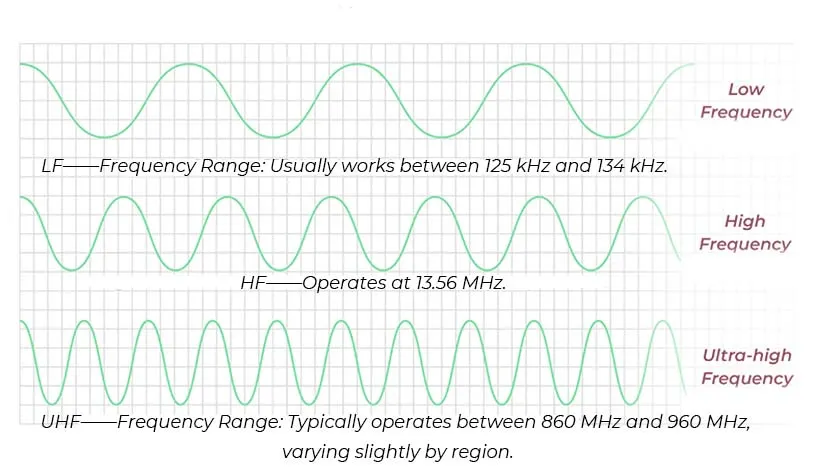Request error occurred:
Tag Archives: RFID tags
The post “Streamline Asset Management in Manufacturing Through RFID Tags” explores how RFID technology revolutionizes asset management in the manufacturing sector. It highlights the pivotal features of RFID tags, including real-time tracking, automatic inventory updates, and enhanced accuracy in asset identification. The advantages of implementing RFID include increased efficiency, reduced labor costs, and improved inventory control, leading to minimized downtime and better resource allocation. Distinctively, the post emphasizes the seamless integration of RFID systems with existing manufacturing processes, enabling companies to optimize operations and achieve a competitive edge in the market.
This post delves into RFID (Radio-Frequency Identification) technology, highlighting its revolutionary impact on various industries. It explains the fundamental types of RFID tags—active, passive, and semi-passive—along with their unique features and functionalities. The article emphasizes the advantages of RFID, such as enhanced inventory management, improved accuracy in tracking assets, and increased efficiency in operations. By exploring the diverse applications of RFID technology, the post showcases its potential to streamline processes and drive innovation across sectors, making it a crucial tool for modern businesses.
The post “ISO/IEC 15693 Explained: HF RFID Standards and Industry Applications” delves into the intricacies of the ISO/IEC 15693 standard, essential for high-frequency (HF) RFID systems. It highlights the standard’s pivotal features, such as its ability to support communication distances of up to 1 meter and its compatibility with various tag types. The article outlines advantages like enhanced data security, efficient inventory management, and versatility across industries, including retail, logistics, and healthcare. Additionally, it emphasizes distinctive qualities like anti-collision capabilities and robust data storage, making ISO/IEC 15693 a crucial standard for modern RFID applications.
This post provides a comprehensive overview of RFID (Radio Frequency Identification) frequencies, detailing their distinct characteristics and practical applications. It highlights the advantages of different frequency ranges, such as low, high, and ultra-high frequencies, and how these affect read ranges, data transfer rates, and environmental adaptability. The article also underscores the technological advancements that enhance RFID efficiency and reliability, making it a vital tool in various sectors, including logistics, retail, and healthcare. Overall, it emphasizes RFID’s transformative potential in streamlining operations and improving inventory management.
RFID Asset Tracking Systems are innovative technologies that use radio frequency identification to enhance the management and tracking of assets. This post explains how these systems operate, detailing the components such as tags, readers, and software, which work together to capture real-time data on asset location and movement. Key advantages include increased efficiency, reduced labor costs, and improved inventory accuracy, leading to better resource management. The post also highlights distinctive qualities such as the ability to track items in bulk, protection against loss, and the scalability of RFID solutions, making them essential for businesses seeking optimized operations and comprehensive visibility into their assets.
Discover the transformative potential of RFID on-metal tags in the latest post, “Unlocking the Power of RFID On-Metal Tags: Benefits and Applications.” This article highlights the unique ability of these tags to operate effectively on metal surfaces, overcoming common challenges faced by traditional RFID solutions. Key advantages include enhanced durability, improved read ranges, and versatile applications across industries such as manufacturing, logistics, and asset tracking. The post emphasizes how these innovative tags can streamline processes and provide real-time data, ultimately leading to increased efficiency and productivity in operations. Explore the future of tracking and inventory management with RFID on-metal tags!
This WordPress post explores the critical role of RFID (Radio Frequency Identification) readers in asset tracking systems, highlighting their functionality and impact on efficiency. It details how RFID readers facilitate real-time monitoring and management of assets, offering significant advantages such as reduced labor costs, enhanced accuracy, and improved inventory visibility. The post emphasizes the distinct qualities of RFID technology, including its ability to scan multiple items simultaneously and operate without line-of-sight, making it an indispensable tool for businesses aiming to streamline operations and reduce losses.





